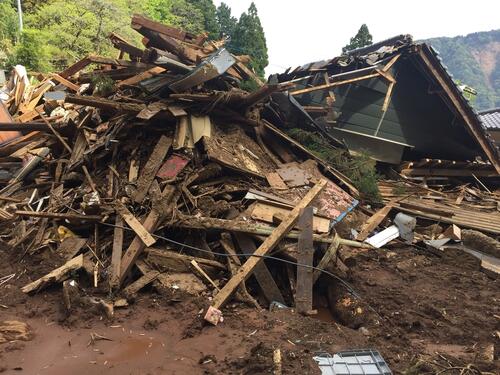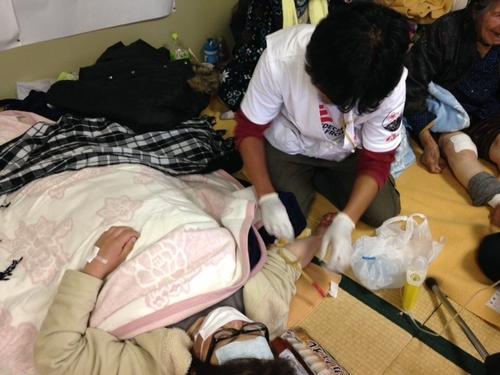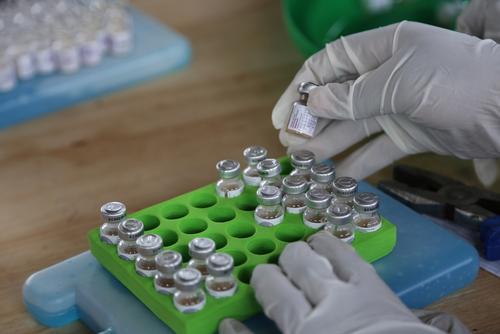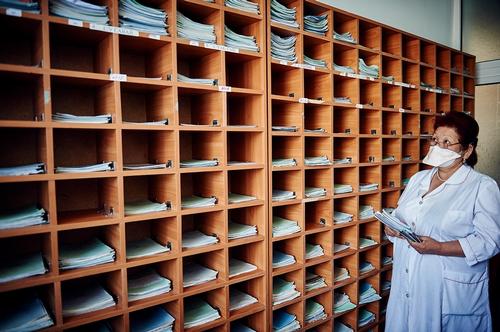Interview with Dr. Sonoko Sidehara, project coordinator for Kumamoto Quake emergency response
As of April 24, the number of deaths has increased to 60 after the foreshock of Kumamoto Earthquakes, including those who died while living in shelters. “While a lot of supplies and organisations have arrived on site to provide assistance, what the future holds for both of individuals and communities is unclear, and it seems that people have to continue living in shelters for a while.” Dr. Sonoko Sidehara, who leads activities of Médécins Sans Frontières (MSF) as project cooridinator, reports from the field.
What have you found in the affected areas?
On April 17, we arrived the field immediately after the main shock, and assessed medical needs in Kikuchi city and Mashiki town the next day. Despite the large scale of damage, the team found medical needs mostly met. In Minami-aso village where MSF arrived on 19 April, it is confirmed that the area was divided in three due to the collapse of main roads and bridges. In Hakusui area of the village, we supported the set-up of a temporary clinic as needed and have been running it to provide medical consultations. Beside the response to emergency cases, MSF has also launched health promotion and response to infection and chronic diseases from a mid and long term perspective in the several areas. For instance, we have prescribed medicine for high blood pressures, diabetes and others.

What are the challenges?
Tateno hospital, which used to be the main provider of medical care in the area, was hit by the disaster and lost its function. Not only has the population been denied access to the already scant medical care, but also trapped in ‘isolation’ with their mobility hindered by the collapse of some roads and bridges. As Tateno area, where around 150 people took shelter, had received no medical assistance yet, MSF set up a tent clinic on 20 April. However, a heavy rain warning was issued to Minami-aso village for the next day, and the risk of sediment disasters forced the people to flee again to the neighbouring Ozu town. MSF gave consultations to the re-evacuated people and closely monitored the situation in order to respond in a flexible way.

How about other medical needs and future prospects?
It is easy to imagine that the people in this village, especially the elderly, suffer significant mental stress from losing homes and evacuating again after a week of living in shelters. While MSF usually focuses on providing support during the acute phase of an emergency, we believe that we need to continue medical and psychological care for at least a month, when some of other organisations will have started leaving. We will seek to ensure that local service providers, including local municipalities and healthcare workers, can maintain their work without being exhausted and that people who lost their family members or properties can rebuild their lives with dignity, keeping themselves fit.





